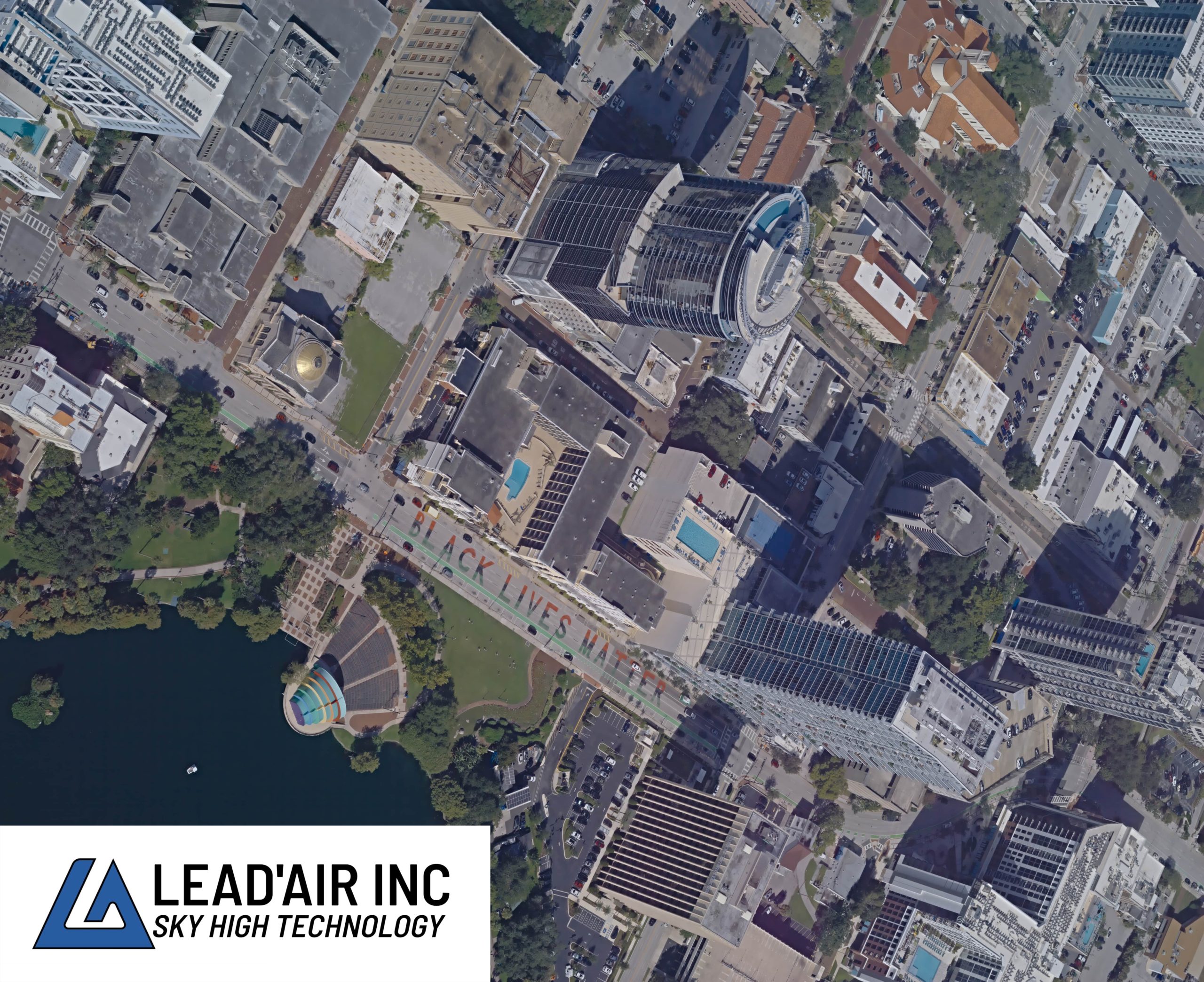October 11th, 2023
Kissimmee, Florida
Dear clients,
Unfortunately, due to urgent family matters, Lead’Air was unable to participate in this year’s Intergeo event, marking it the first time in our 30-year history that we were absent. Nevertheless, we are looking forward to reconnecting with you at the ASPRS & Geo Week, February 11 – 13, 2024, in Denver, Colorado.
In the meantime, we would like to resume the introduction of our new PanthAir 3D aerial camera system. Some of you may recall that Lead’Air introduced the MIDAS in 2003, the industry first commercial 3D aerial camera. With over 150 MIDAS units sold worldwide and millions of aerial images captured for 3D city modeling, Lead’Air’s dedication to continuous improvement led to the retirement of the MIDAS and the development of the single camera PanthAir—a smaller, lighter, more user-friendly, efficient, and cost-effective 3D camera system.
3D mapping reconstruction technology relies on capturing multiple intersecting views and perspectives of terrain features and building exteriors to recreate a 3D scene. Typically, this is accomplished by deploying an array of five oblique and vertical cameras capturing diverse viewpoints and perspectives around the airplane. The PanthAir innovation lies in its 360 degrees revolving semi-oblique camera. Rapidly rotating around its axis, the PanthAir single camera continuously captures images from all directions, setting it apart from traditional 3D cameras.
The axis of the camera is strategically inclined, ensuring that, with each revolution, the camera captures imagery directly beneath the aircraft (nadir) as well as at a long distance around the aircraft (oblique). Essentially, the camera’s oblique angle dynamically adjusts during rotation, enabling it to capture high oblique views of up to 60 degrees and also near-vertical views within each revolution, which entirely satisfies the requirements for 3D reconstruction.
For oblique viewing (as well as for 3D modeling), we believe that the PanthAir is a superior approach compared to the four cardinal images which we have used on Midas, and which is also used by most 3D camera manufacturers. Thanks to the many overlapping views which are continuously collected around the airplane, one can always find the exact perspective that is needed to provide the best visual representation of an object in an image: For example, if you have a building façade that is located in a semi-cardinal direction (i.e. 45, 135, 225 and 315 degrees) from the airplane direction, then having only four cardinal directions images will mean that there is no single image which views the building façade straight-on. In contrast, one of the 12 images taken by the PanthAir will always view the façade straight-on. With the PanthAir configuration, there will always be at least 3 to 4 images with perfect perspective in any direction which will give a non-distorted view of the façades in the oblique viewing.
In summary, in terms of stereo and 3D mapping, the Panthair achieves the same results as classic five-camera cardinal systems but with much greater efficiency and effectiveness.
RELIABILITY
Some concerns have been raised about the long-term reliability of such a system.
In short, a 360 degrees rotating camera is not a novelty, nor is it rocket science. Our tests have shown that the system can operate seamlessly for several hundreds of hours. The moving parts have been engineered for ease of maintenance and user replacement if necessary. Spare parts are delivered with each system which is also covered by a two-year unconditional warranty. In fact, we consider that a five-camera system such as the Midas is much more complicated and vulnerable than a totally simple revolving camera such as the PanthAir.
OBJECTIVES OF THE PANTHAIR 3D CAMERA SYSTEM
- Lower the investment cost of 3D aerial photography to below $200,000 (~ €190000).
- Reduce the weight of 3D aerial camera systems to below 50 pounds (~ 25 kg).
- Minimize the size of 3D aerial camera systems to below 1 cubic foot (~ 0.03 cubic meter).
- Simplify installation on fixed-wing airplanes and helicopters.
- Enable the use of non-modified aircraft such as the Cessna series, 172, 182, and 206, through FAA approved attachments to the wing strut.
- Decrease operational costs for 3D aerial photography, by allowing for small single-engine airplane operations.
- Streamline data processing through automated workflows developed in collaboration with 3D mapping software manufacturers.
- Reduce the likelihood of malfunctions and support requirements by employing one camera.
- Enhance efficiency and minimize carbon emissions through improved flight planning, better efficiency, smaller airplanes, etc.
- Lasts longer than other camera systems thanks to advanced planned upgrades.
- Be compatible with all aerial platforms, airplanes, helicopters, drones, etc.
- Achieve industry leading “GigaPixels per second of flight time.”
We are enthusiastic about the potential of the PanthAir 3D aerial camera system and the opportunities it presents for our valued clients. Should you have any questions or require further information, please do not hesitate to reach out to us.
For additional information, please contact us at:
Lead’Air
113 Hangar Road
Kissimmee, Florida, 34741
USA
Website: http://www.trackair.us/
Email: sales@trackair.com
Tel: +1 (407) 343 – 7571

